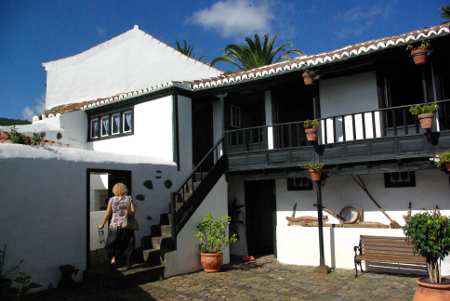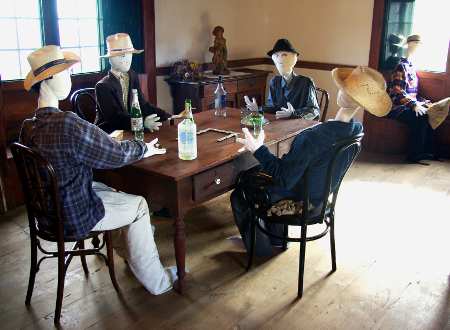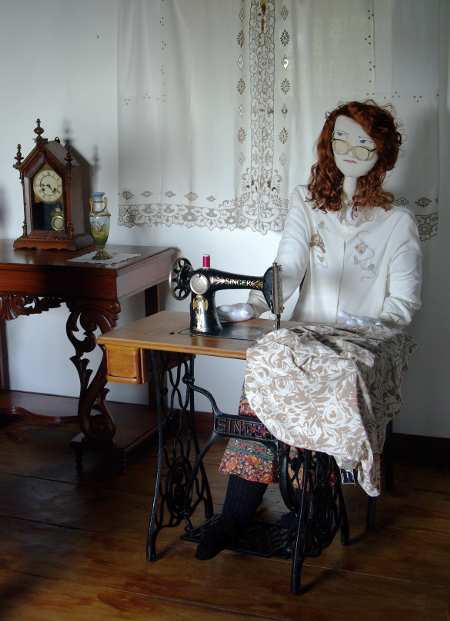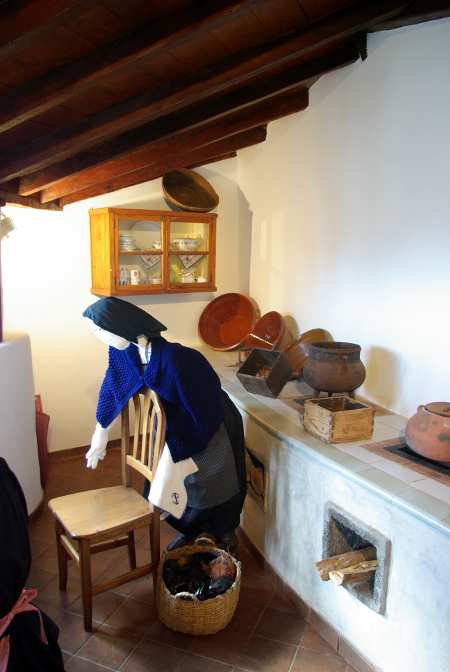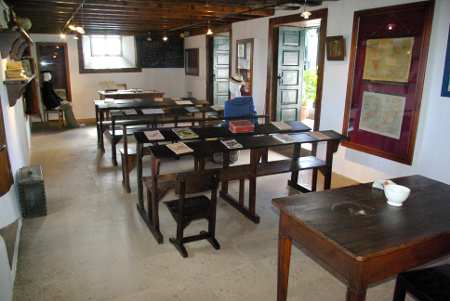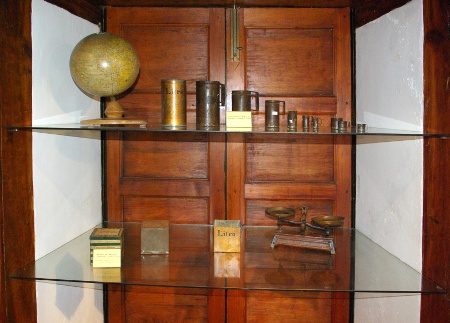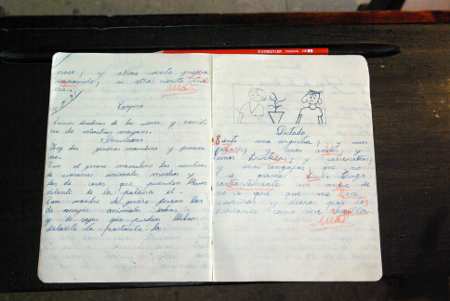Rooftop Viewpoints
 Traditional roof with a space to view the port.
Traditional roof with a space to view the port.These days, Santa Cruz de la Palma is a bit of a backwater. But three hundred years ago, it was the third biggest port in the Spanish Empire. Almost every ship traveling from Spain to the Americas stopped here. In the 19th century, it was still a major port, and many of the inhabitants waited anxiously for a ship bringing their merchandise, letters from family members who'd emigrated to Cuba or Venezuela, or the loved ones themselves, as passengers or crew.
Consequently many of the older houses have viewpoints on the roof, like a little crow's nest. They're all designed to give a view of the port, although in some cases the view is now blocked by a tall, new building, like these houses in the Calle Real. They're a nice reminder of the past, and I have fun trying to spot them, even though I can't believe that they get much use in the internet age
Labels: architecture, Canaries, Canary Isands, La Palma, Santa Cruz de la Palma
Bookmark with:
 Del.icio.us Del.icio.us
|
 Digg Digg
|
 Reddit Reddit
|
 Facebook Facebook
|
 Furl It Furl It
|
 Newsvine Newsvine
|
|




